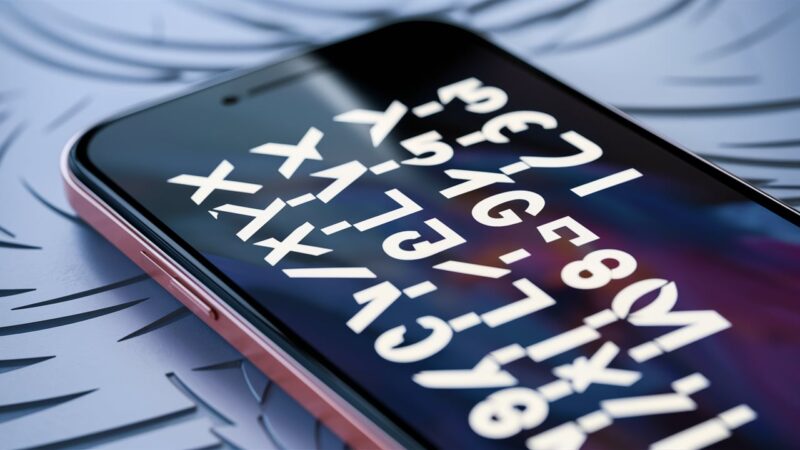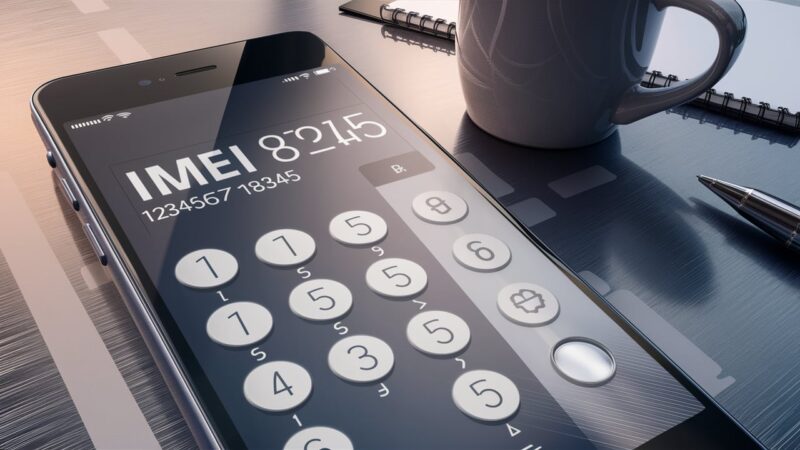Each mobile device is assigned a unique International Mobile Equipment Identity (IMEI) number that serves as its distinct identifier. IMEI numbers play a crucial role in the mobile industry as they are used to identify valid devices, track stolen or lost phones, and facilitate network authentication.
The process of assigning IMEI numbers to mobile devices is complex and meticulously organized to ensure accuracy and prevent duplication. Understanding how IMEI numbers are assigned can provide valuable insight into the inner workings of the mobile device ecosystem.
In this article, we will delve into the intricacies of IMEI number assignment and shed light on the meticulous process that governs this essential aspect of mobile technology.
The Structure of IMEI Numbers

IMEI numbers, also known as International Mobile Equipment Identity numbers, play a vital role in identifying mobile devices around the world. These unique numbers are assigned based on a specific structure that consists of four main parts.
The first eight digits of an IMEI number represent the TAC (Type Allocation Code), which identifies the devices manufacturer and model. The following six digits make up the FAC (Final Assembly Code), which pinpoint the exact location where the device was assembled.
The next two digits are the Type Approval Code (TAC), indicating the devices final assembly point. Lastly, the final digit of the IMEI number is a check digit used to verify the validity of the entire IMEI number.
This structured sequence of numbers ensures that each mobile device is assigned a unique identifier for tracking and security purposes.
Allocation of IMEI Numbers to Mobile Devices

The allocation of IMEI numbers to mobile devices is a complex process that involves a unique identification number being assigned to each individual device. These numbers are crucial for tracking and monitoring mobile devices, as well as assisting in the recovery of stolen or lost phones.
IMEI numbers are typically allocated by the manufacturer of the device, with each number being assigned in a sequential order to ensure that no two devices have the same identification. This process helps mobile carriers and law enforcement agencies to accurately identify and trace the location of a particular device.
Additionally, IMEI numbers play a key role in the authentication and activation of mobile devices on cellular networks, providing an added layer of security and protection for users.
Importance of IMEI Numbers in Mobile Device Management

IMEI numbers play a vital role in mobile device management as they serve as unique identifiers for each device, allowing for efficient tracking and monitoring. These numbers help in preventing theft and fraud by enabling devices to be blocked or tracked if they are lost or stolen.
IMEI numbers also play a crucial role in network security, as they can be used to blacklist devices that are being used for malicious activities. In addition, IMEI numbers are essential for warranty and software updates, ensuring that mobile devices are legitimate and up-to-date.
Overall, the importance of IMEI numbers in mobile device management cannot be overstated, making them a key component in maintaining the security and functionality of mobile devices.
Conclusion
In conclusion, the assignment of IMEI numbers to mobile devices follows a specific algorithm based on the TAC and SNR codes. These unique identifiers play a crucial role in tracking and monitoring mobile devices for security and regulatory purposes.
By understanding how IMEI numbers are assigned, users can better protect themselves against theft and fraud. Regularly performing an IMEI check can help ensure the authenticity and legality of a mobile device, providing peace of mind to users and authorities alike. Overall, the systematic allocation of IMEI numbers is a critical component of the mobile industry that helps maintain security and integrity within the market.


